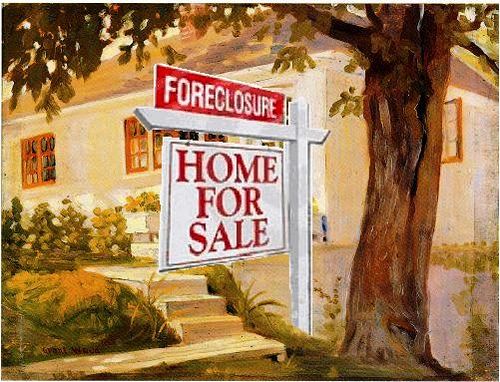 McCLATCHY NEWSPAPERS– As
Americans continue to lose their homes in record numbers, the Federal
Reserve is considering making it much harder for homeowners to stop
foreclosures and escape predatory home loans with onerous terms.
McCLATCHY NEWSPAPERS– As
Americans continue to lose their homes in record numbers, the Federal
Reserve is considering making it much harder for homeowners to stop
foreclosures and escape predatory home loans with onerous terms.
The Fed’s proposal to amend a 42-year-old provision of the federal Truth in Lending Act has angered labor, civil rights and consumer advocacy groups along with a slew of foreclosure defense attorneys.
They’re not only asking the Fed to withdraw the proposal, they also want any future changes to the law to be handled by the new Consumer Financial Protection Bureau, which begins its work next year.
In a letter to the Fed’s Board of Governors, dozens of groups that oppose the measure, including the National Consumer Law Center, the NAACP and the Service Employees International Union, say the proposal is bad medicine at the wrong time.
“At the depths of the worst foreclosure crisis since the Great Depression, we are surprised that the Fed has proposed rules that would eviscerate the primary protection homeowners currently have to escape abusive loans and avoid foreclosure: the extended right of rescission.”
Because the public comment period on the Fed’s proposal is still open until Dec. 23, a spokesman declined comment on the matter.
But in a September passage in the Federal Register, the Fed said the proposal was designed to “ensure a clearer and more equitable process for resolving rescission claims raised in court proceedings” and reflects what most courts already require.
Since 1968, the Truth in Lending Act has given homeowners the right to cancel, or rescind illegal loans for up to three years after the transaction was completed if the buyer wasn’t provided with proper disclosures at the time of closing.
Attorneys at AARP have used the rescission clause for decades to protect older homeowners stuck in predatory loans with costly terms. The provision is also helping struggling homeowners to fight a wave of foreclosure cases in which faulty and sometimes-fraudulent disclosures were used.
The violations must be of a material nature to invalidate a loan under the extended-rescission clause. To do so, homeowners — usually those facing financial problems or foreclosure — hire an attorney to scour their mortgage documents for possible violations regarding the actual cost of the loan or payment terms.
If problems are found, a notice of rescission is sent to the creditor, which can either admit to the alleged violation or contest it in court.
Creditors that end up rescinding a loan are then required to cancel their “security interest,” or lien, on the property.
Once that occurs, the homeowner must then pay the outstanding loan balance back to the lender — minus the finance charges, fees and payments already made.
Dropping the lien provides homeowners with a defense against foreclosure and allows them to refinance to pay the outstanding loan amount.
Critics say the proposed change by the Fed would render the rescission clause useless. The Fed proposal would require homeowners who seek a loan rescission through the courts, to pay off the entire loan balance before the lender cancels the lien.
Continue reading about the Fed Wanting to Strip Key Protection for Homeowners.
Letter to Federal Reserve opposing the rescission proposal
Federal Register notice explaining its proposed changes on rescission (begins on pg. 58541)
To submit a comment to the Federal Reserve
Article by Tom Pugh of McClatchy Newspapers
Painting by Mike Licht/flickr










